How do you measure flour? You might be surprised to find out that measuring cups are not the best way. The proper way involves weighing flour so that your baked goods turn out consistently.
Whether you’re making a Banana Pecan Coffeecake, Cranberry Christmas Bread, or Raspberry Breakfast Cake, weighing flour will give you the most accurate measurements.
Want to save this post?
Enter your email below and get it sent straight to your inbox. Plus, I’ll send you budget recipes and money-saving tips every week!
Jump to:
I am a lazy cook. I am an even lazier baker. I take whatever shortcuts I can, often because I’ve just got too much else that I’m thinking of.
Sometimes those shortcuts work out. Sometimes they don’t. If I’m cooking for my family and it more or less turns out, I don’t sweat it too much. My family is pretty easy going.
Since I entered the cookbook writing business, however, I’ve used better habits, particularly when recipe developing and testing. I buy fresh spices every few months. I soften butter completely. I go out of my way to buy large eggs even though extra large eggs are cheaper.
These things make a difference to a recipe. They make a difference to how the recipe turns out for you. That matters to me a lot when I post a recipe or write a cookbook. The recipe has to work for you or I have failed at my job.
One of the things that makes a difference to a recipe is weighing flour.
As one of the Essential Baking Ingredients for the Holidays, flour is an important thing to measure correctly.
Why It Matters
A recipe is basically a scientific formula. The hypothesis is how you think it will taste. Hopefully, your results prove your hypothesis — yes, it does taste good!
Your recipe/scientific formula is a good one if the same results can be achieved consistently by anyone. (I learned that in 9th grade science class.)
In baking, one way that to achieve proper results is to measure accurately. This means that you will use a liquid measure for liquids. It also means you measure flour properly.
The best method for measuring it is weighing flour on a food scale. Yes, really. I have had this food scale for years and I love it.
I read about this method in Fine Cooking magazine about ten years ago and believe me, I was frustrated when I read it. I’m a lazy cook, remember? I gotta get out the scale? Blerg.
Yes, you do. Weighing flour is the most accurate measure as there can be huge discrepancies between scoops of flour and between grinds of flour from different manufacturers.
A one-cup measure of Gold Medal may be very different from Bob’s Red Mill. If you’re using different weights of flour in your recipe, you won’t get consistent results.
I tested it out one weekend. One cup of flour should weigh 4.5 ounces.
I filled a measuring cup several different ways and came out with varying weights, ranging as high as 5 ounces. Half an ounce could make a difference in the end result of your recipe.
And as for the lazy cook thing? Well, knock me over with a feather. Weighing flour turns out to be easier since I’ve got less dishes to wash!
Step-by-Step-Instructions
Weighing your flour is your best best when measuring baking ingredients. Weigh out 4.5 ounces per cup of flour needed for the recipe.
Here’s how easy weighing flour can be:
- Place your food scale on a level surface and turn it on.
- Add a bowl to the scale, making sure it’s sitting level on the scale. You will notice that the scale is weighing the bowl.
- Press the tare button so that the scale will ignore the current weight on the scale. This is a way to ignore the weight of the bowl while you’re weighing flour.
- Spoon or scoop flour into the bowl on the scale, 4.5 ounces for each cup that you need in the recipe.
Alternatives & What Not to Do
Aerate and spoon
If you don’t have a scale, your next best option for measuring flour is to aerate the flour in the bin with a whisk and then spoon the flour into the measuring cup.
Don’t pack the flour into the cup or scoop WITH your measuring cup.
Believe it or not, some folks pack flour into the measuring cup. Packing is good for brown sugar, but not flour. Too much flour will end up in your recipe.
Likewise, if you dip or scoop your measuring cup into your bin of flour you will be inadvertently packing flour into the cup, ending up with more flour than you really need.
Next time you find yourself digging into the flour with your measuring cup, think again. That could totally throw off your recipe. Take a few minutes to do it the right way and your recipes will turn out better.
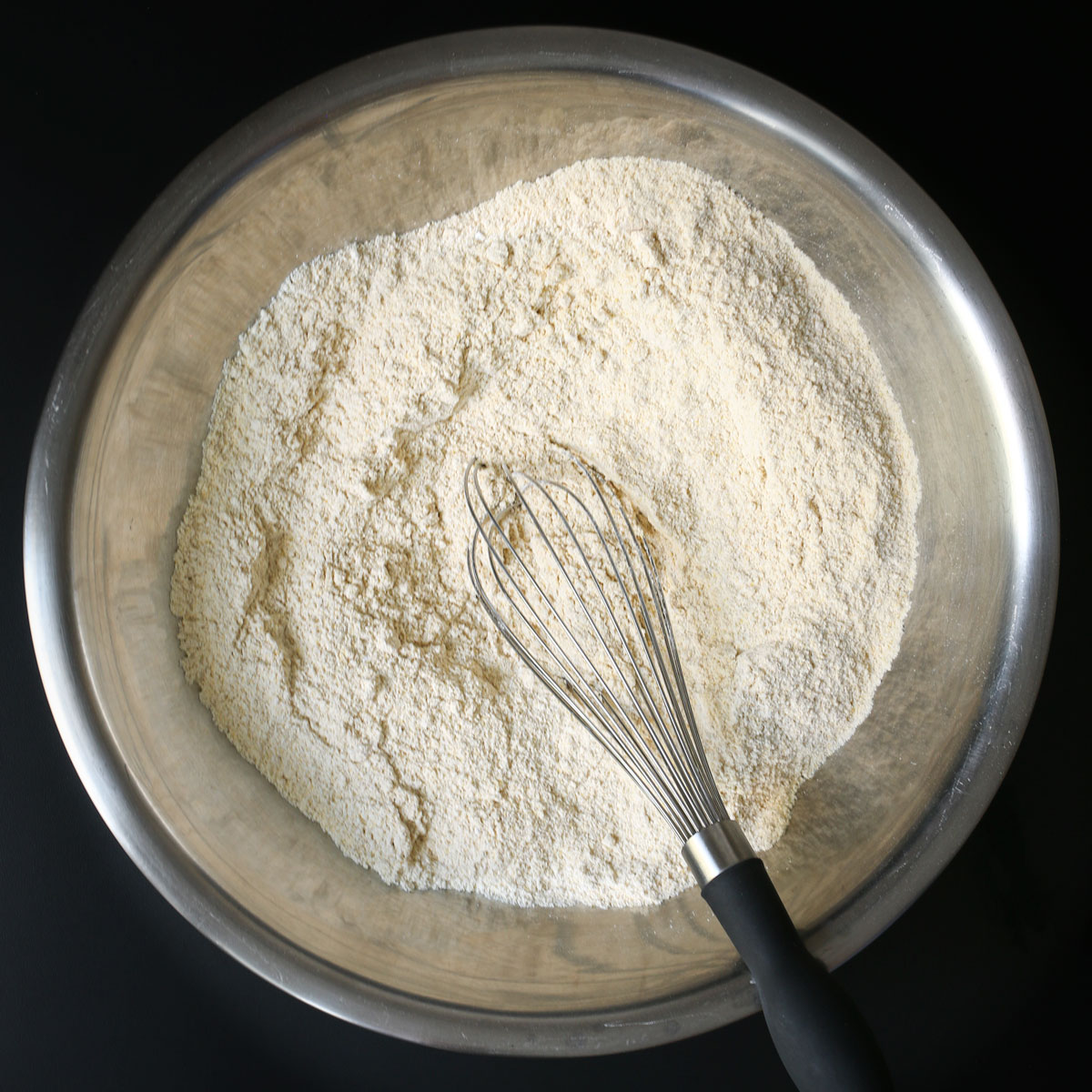
Recommended Recipes
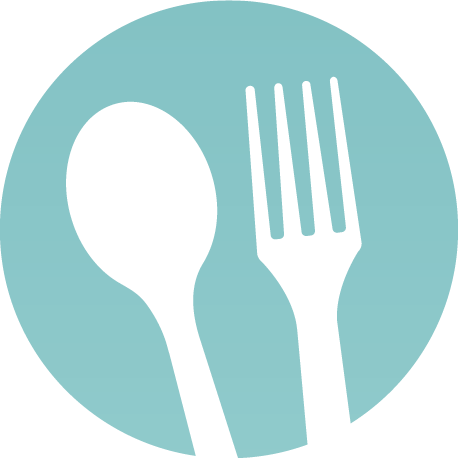
Tell us what you think!
We love to hear your experiences with Good Cheap Eats. Click the STARS on the recipe card or leave a STARRED comment to let us know what you think of the recipe.
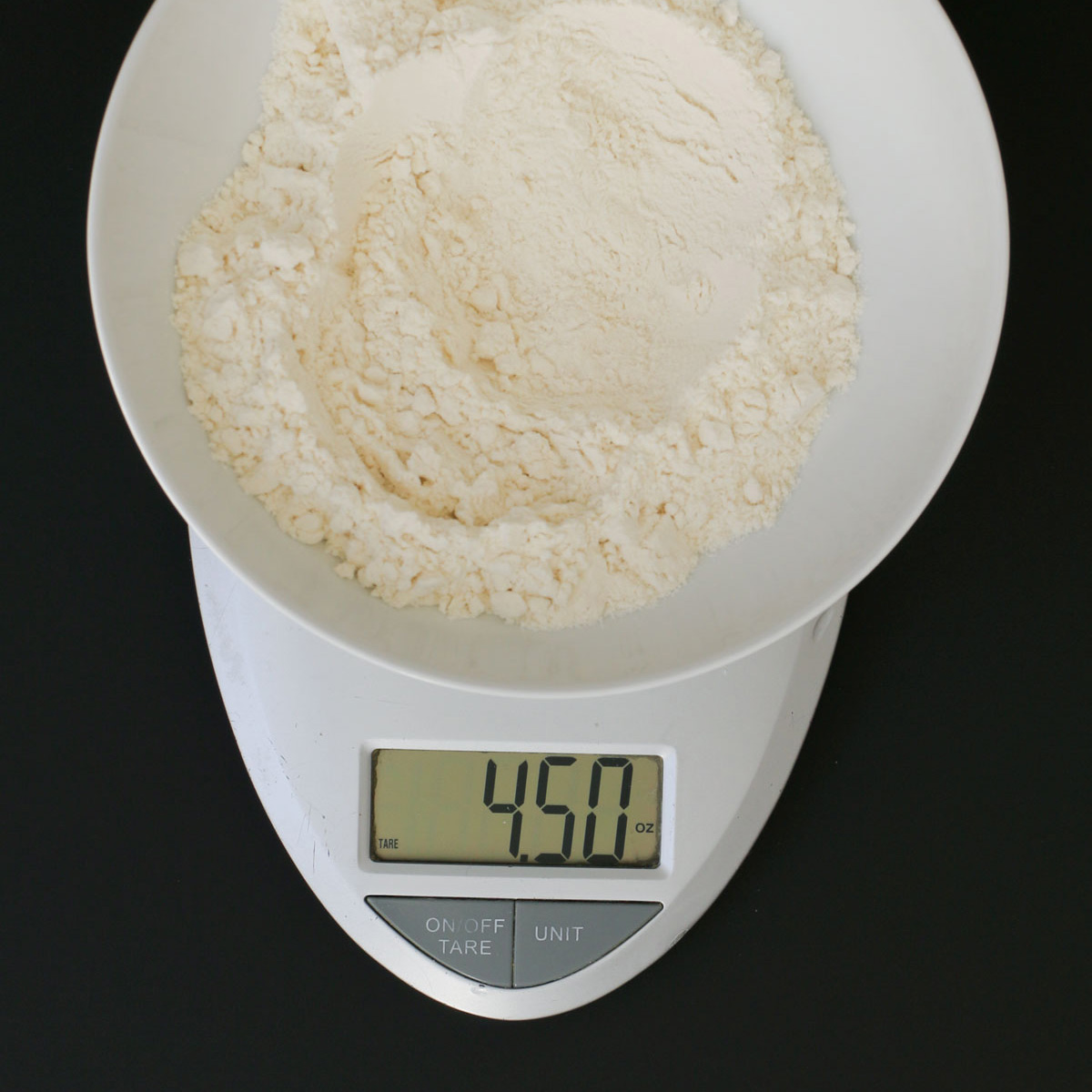
How to Weigh Flour
Equipment
- small mixing bowl
- digital food scale
Ingredients
- 4.5 ounces unbleached, all-purpose flour
Instructions
- Place an empty bowl on a digital food scale. Zero the scale with the tare button.
- Scoop flour into the bowl until it weighs 4.5 ounces. Use in recipe as one cup of flour.
Nutrition
This post was originally published on November 28, 2014. It has been updated for content and clarity.


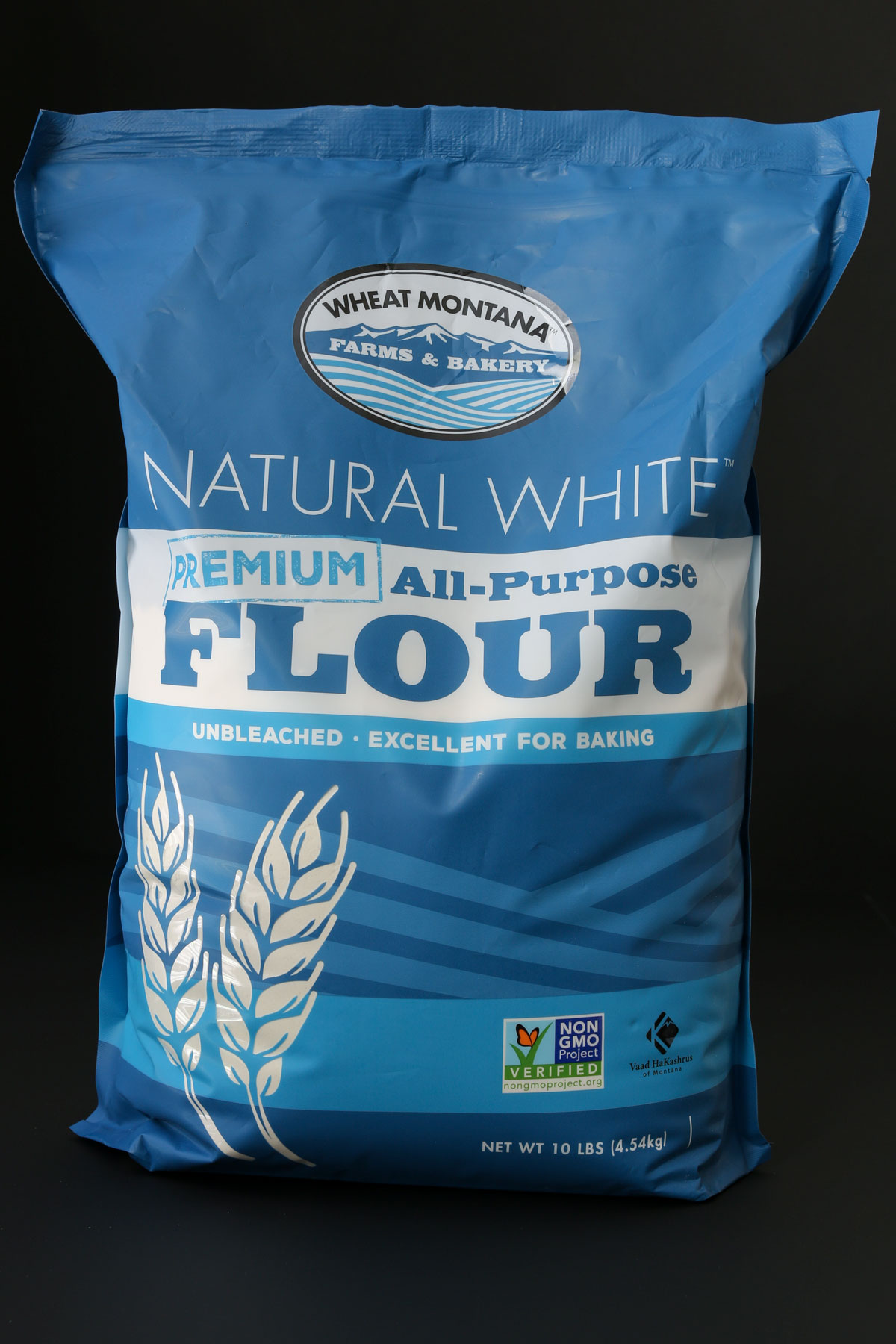
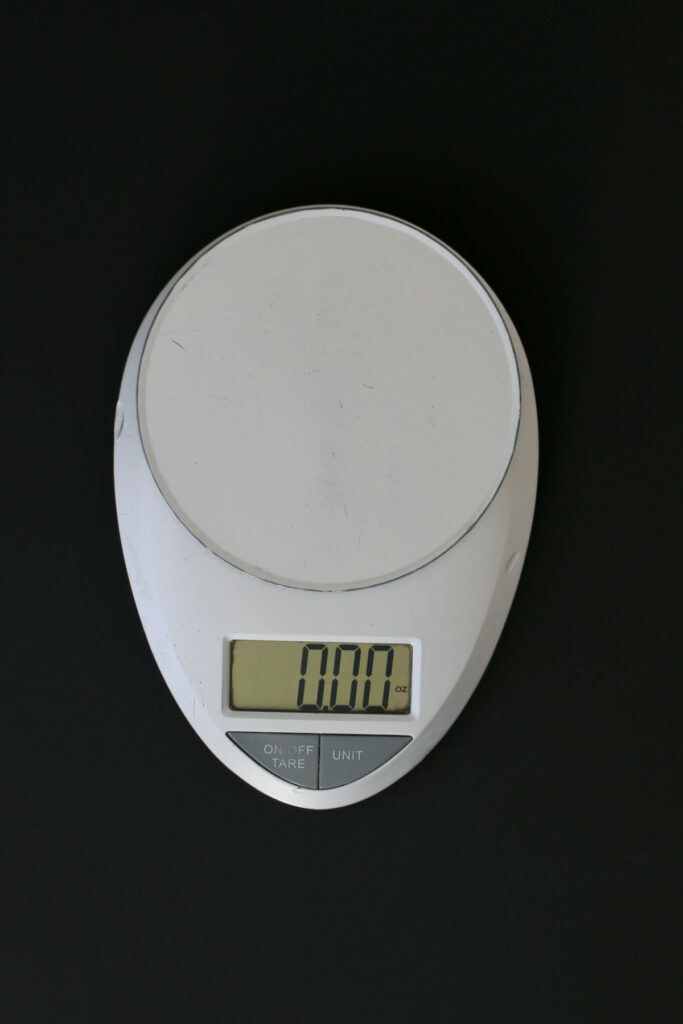
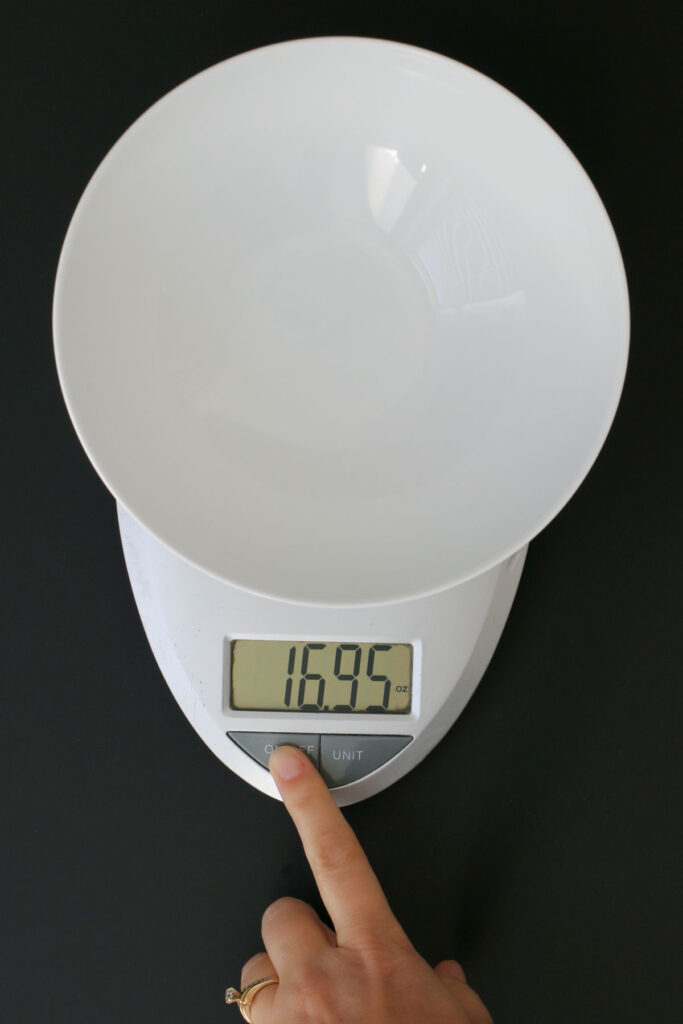
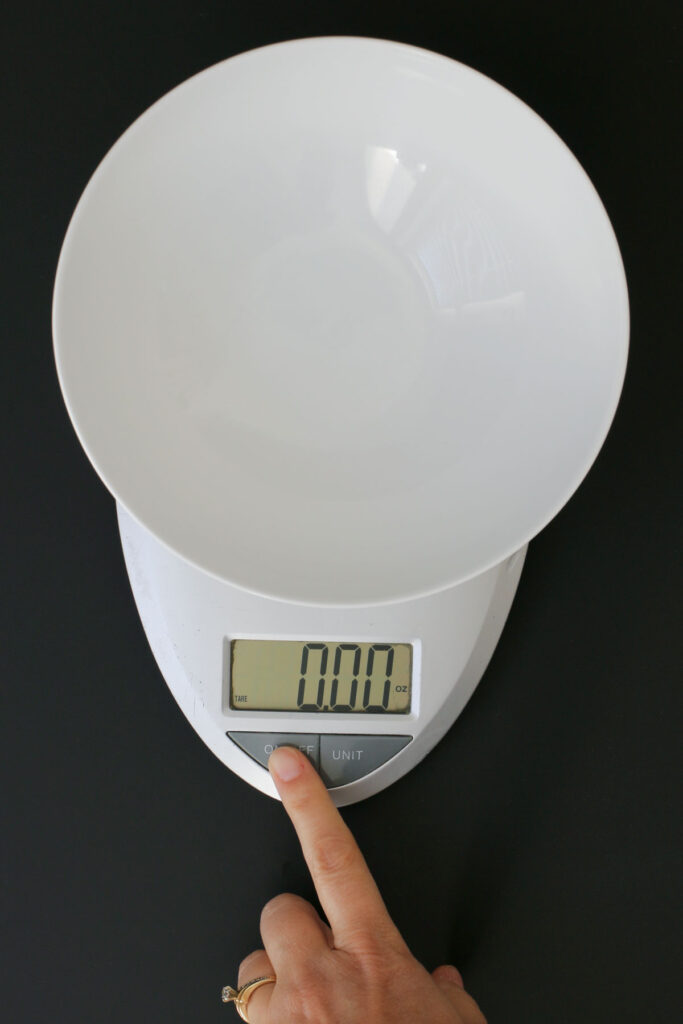
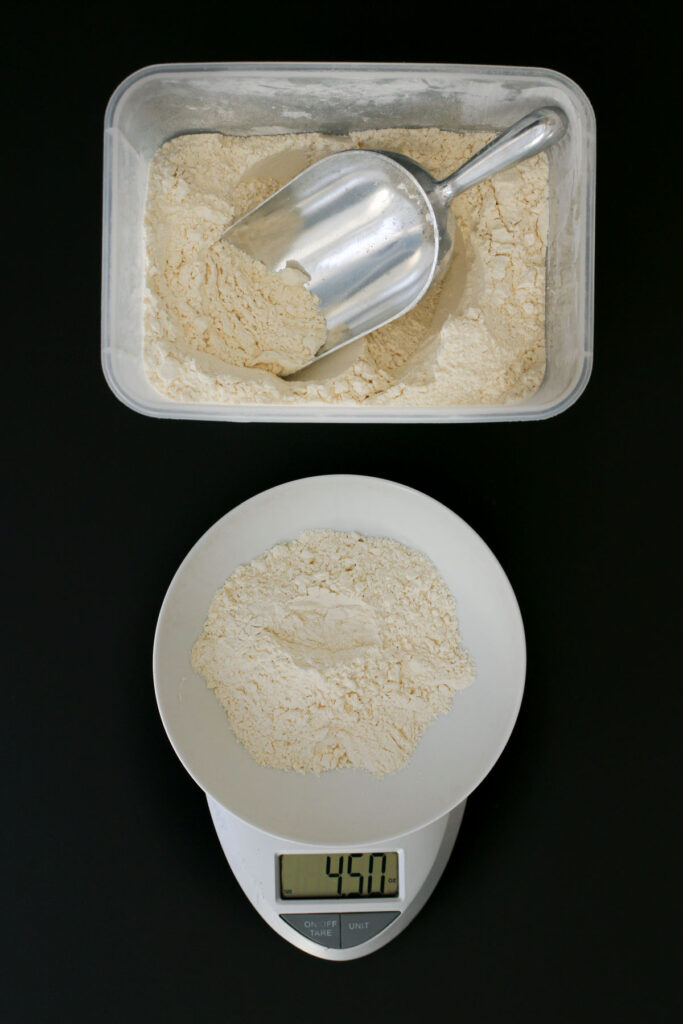
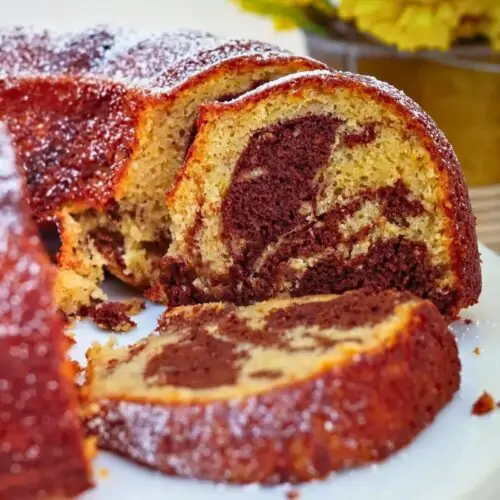
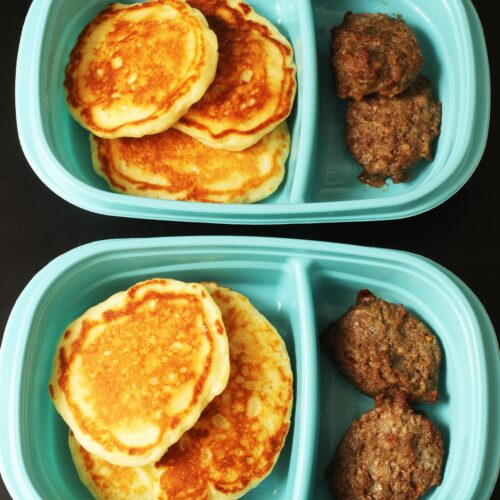
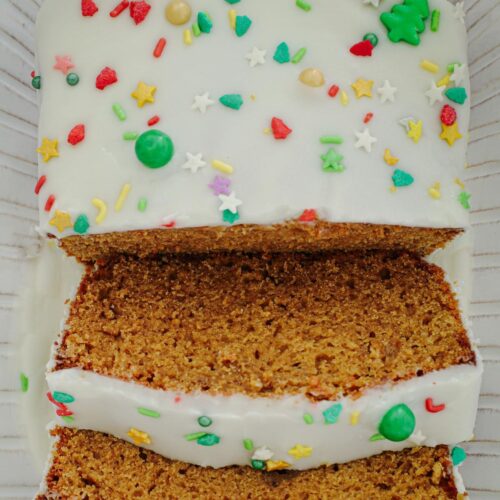
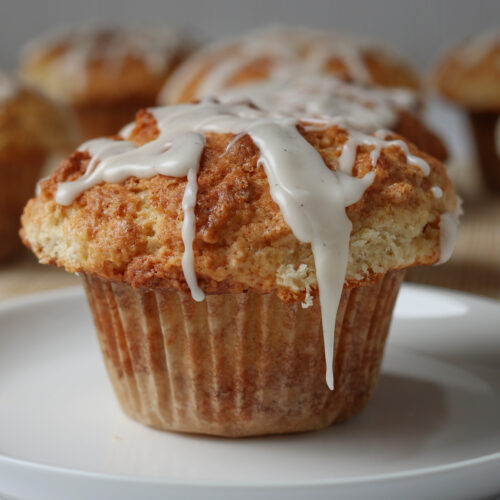
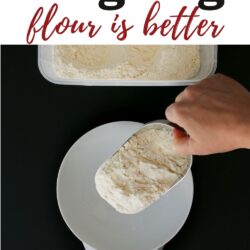
S Blodgett
This is a wonderful piece of information for bakers who really want the recipe to be the best it can be! Am now updating all recipes with weights – such a time saver. Thank you
Tracy
I’m late to the party, but I have a question that relates to how to measure flour. I was looking at a series of mystery novels, the kind that have some recipes included with the story, and the author keeps saying to pack the flour down when you measure. It seems the same in every book in that series. I don’t understand why. I’ve never heard of anyone deliberately packing flour down. In fact, the usual rule is not to do it at all. Have you ever heard of anything like this?
Jessica Fisher
I did it as a child before I knew better! LOL. I have no idea why they would say that as it goes against everything I’ve ever read. Does this author really know how to cook?
Tracy
I haven’t tried any of the recipes yet, although I did find something today that offers an explanation. A reader’s comment on a review page said:
“I know this is an old entry, but as a long-time reader of these books, I wanted to point out that the “pack it down when you measure” note is essential to her recipes. The recipes in the early books called for unsifted flour, which seemed to lead to a lot of confusion as most flour nowadays is presifted. Packing presifted flour down in the cup intentionally adds more flour to bring it closer to the unsifted amount the recipes actually intend. If you use sifted flour in these recipes and don’t pack it down, you will have nowhere near enough flour in the recipe to get the intended results.” (http://lazydaisy0413.blogspot.com/2012/05/joanne-flukes-lake-eden-cookbook.html)
It still sounds pretty odd to me. I’ve never seen anything like it in any other books, even old ones. Usually, old recipes with unsifted flour just tell you to sift it yourself. Strange, huh?
Jessica Fisher
Certainly not standard or “how we do it nowadays”. I would certainly follow her directions in making a recipe, but make sure that you change it if you share it with others. Definitely a new one!
Cristi
I tried this last night (for the first time) with the pizza dough . I can definitely see where measuring would give a more consistent result. I scoop my measuring cup into the flour and either shake off the excess or sometimes push it off with a straight edge. The 4 1/2 cups of flour needed tested my math skills. HA!
Jessica Fisher
Yes, I mark up my recipes with the ounces now or keep my calculator handy. I messed up once doing it in my head. Once was enough. LOL
TSandy
Jessica I understood that different manufacturers have different weights for the cup of flour. I weigh all my flour (I’m too lazy to measure out per cup flour) and used King Arthur Flour. KAF gives 4.25 oz per cup as their standard. KAF has a higher protein content than many commercial flours. So when I switched from using KAF flour to organic flour grown and milled by a wonderful organic Montana farmer (had the same higher protein content as KAF) I stuck with my 4.25 oz and it worked out perfectly. None of my bread recipes had to be revised and I bake every bread, roll, pastry, etc eaten in my house.
Jessica Fisher
Yes! Different millers have different weights. I looked for a chart that listed the major brands, but couldn’t find one. 4.5 ounces was the common weight I did find, though.
sylvie
Eek…i’m even worse!! I have a bin from ikea that has a hinged flap on the lid…i scoop in my measuring cup then press it into the remaining section of the lid!! Just pulled out my scale and measured “my” 1 cup of flour and it’s just under 6oz!!!!! I think i shall be changing my methods!! Thanks for saving my recipes and my money!
Emily
I’ll confess, I do normally scoop straight out of the flour bag with my measuring cup. Unless a recipe specifies the weight because I actually think using the kitchen scale (which I keep handy because I use it for pasta, dividing bread dough, etc) is easier. Plus it dirties less dishes (I abhor doing dishes) and takes out the guesswork! Now that I know how much a cup of flour is supposed to weigh, I have a feeling I’ll use this method much more often.
Is it the same no matter which type of flour?
Jessica Fisher
I’m finding that it’s quicker and makes less dishes to weigh the flour. I just put my mixing bowl on the scale and dump until it hits the right number. You can check weights of different ingredients here: http://www.kingarthurflour.com/recipe/master-weight-chart.html
Vanessa
I only use a food scale for portion control when I’m keeping track of calories.
I am not the world’s greatest baker except for bread. Even my simple cookie recipes do not come out the same way each time.
I think maybe you’ve identified the problem!
Kia @ A View From Here
This makes me smile. I live in England and cup measures are rarely heard of here (more so now that the internet means were are sharing recipes across the pond). All recipes in English cookbooks give measurements for flour (and other baking supplies like sugar, butter, etc.) by weight.
I’d never heard of a cup of flour or stick of butter but nowadays I can work either way.
Maureen
Excellent article. Thank you for taking the time to write it. I have always used method #2 but plan to try the measuring method.
Janet
I have learned something new. I have never heard of weighing your baking ingredients. Do you think it makes much difference in the final results for the majority of recipes?
Jessica Fisher
I’ve only been weighing flour for a couple weeks, so I can’t say for sure. Once I get past the math, it makes it easier to measure, though.
Melanie A.
Well I’ve been doing it all wrong! I probably won’t go out and get a scale since I don’t bake enough to justify that, but I will definitely be scooping (or now NOT scooping) my flour differently from now on! I’m also passing along the info to my hubby who does more of the baking here. Thanks for the tip!
Kirstin
I almost bought a scale in order to make the Jacques Torres/NYT chocolate chip cookie recipe, but I didn’t follow through. Maybe I would be a better baker if I had a scale, but it has never seemed like a necessity.
Jessica Fisher
It’s not a necessity. Don’t feel guilty. Go with what you use and truly need. (I use it to break up bulk purchases into smaller ones and to weigh portion control.)
Carla
Really? Oh well, I’m going to have to say “bah humbug” on this one. Okay. If it’s a picky recipe that I find something isn’t quite right, I’ll give it a try. But otherwise??? I think not.—-But I do appreciate the trouble you go through for us. 🙂 Hmm, where IS my food scale. Guess that is my one learned something for today.
Jessica Fisher
You know what? It’s been EASIER to weigh than to scoop. Bah humbug back atcha. 😉
Laura
I am a Cooks Illustrated/ America’s Test Kitchen follower, so I have always used the 5 ounces per cup that they mandate. Weighing is definitely the way to go!
jessica
Guilty! I dip my measuring scoop into the flour /sugar bins and shake to level off!